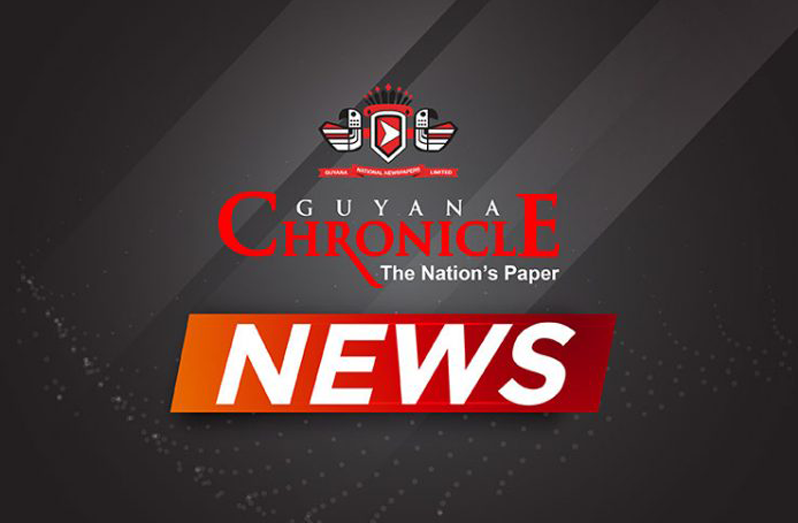‘We had to fight for it as a people and it was a difficult fight, an arduous fight and it was at times traumatic” – Gail Teixeira
AS Guyana yesterday celebrated its 43rd Independence Anniversary, events were held throughout the country to mark the significant occasion in the country’s history which is a reminder of its struggle for freedom from Great Britain.
One such event to mark the occasion was the Annual Independence Exhibition at the Guyana National Museum hosted on Monday by the Ministry of Culture, Youth and Sport and the Walter Rodney Museum under the theme ‘Building Blocks of Nationhood – 43 years after Independence’.
Minister of Culture, Youth and Sport, Dr. Frank Anthony, who attended the exhibition, used the opportunity to highlight the struggle for independence, as well as the achievements of the country.
The Minister called on Guyanese to work together and play their part to hasten the country’s development.
“What we should reflect on is not only the way we have traveled, but we should also do it in our personal interest of what we have done for our country, what role we have played thus far and what role we can continue to play to make our country a better place…if each of us can put our individual efforts together, we can multiply the effect, we can bring progress even faster than it has come,” he said.
The exhibition is a tradition of the Ministry and every year it strives to give people a perspective of the struggle for independence and its happenings.
The Minister stated that it is important for school children to visit such exhibitions as it will help them to better understand the significance of Guyana’s independence as it relates to the happenings in the then British Guiana.
The exhibition showcased some of the major events and achievements of Guyana since it gained its independence on May 26, 1966.
Advisor to the President on Governance Ms. Gail Teixeira, in giving a historical perspective of independence, noted that in the 1940s and 1950s, “it was a hard-fought battle”.
“…the British did not give independence on a platter; we had to fight for it as a people and it was a difficult fight, an arduous fight and it was at times traumatic,” she said.
The struggle against colonialism had escalated in all the colonies of the British, French, Dutch, Spanish and Portuguese governments at that time and there were many anti-colonialism movements in many parts of the world.
With the implementation of the Political Affairs Committee (PAC), their first aim was for colonial rule to end and later the People’s Progressive Party (PPP) with its mandate declared its struggle to end colonial rule and make Guyana an independent nation, Ms. Teixeira explained.
In the 1950s, she noted that the situation in British Guiana was near deplorable with people living in “logies” and malaria being dominant.
She spoke of the mass movement for independence led by Dr. Cheddi Jagan and Mrs. Janet Jagan, Forbes Burnham, Ashton Chase and Jocelyn Hubbard.
“This movement brought radical change because the British did not give anything. There was tremendous pressure unlike other Caribbean nations which were much easier,” she noted.
Teixeira elaborated on how Guyana finally gained its independence after much struggle. “The struggle for independence was the only way we as a people could determine our past and could set our agenda as a people, we could not continue under colonial rule.”
She added that Mrs. Jagan fought through independence and after post-independence continued this struggle.
According to Teixeira, the struggle was traumatic and when the Union Jack was lowered and the Golden Arrowhead was raised, 43 years ago, it was with passion, pride and love that all Guyanese saluted this achievement.



.jpg)









